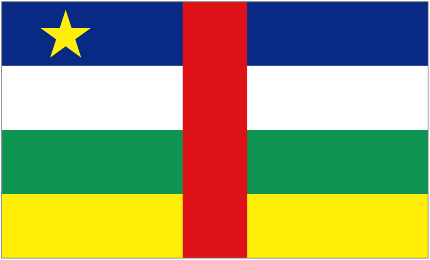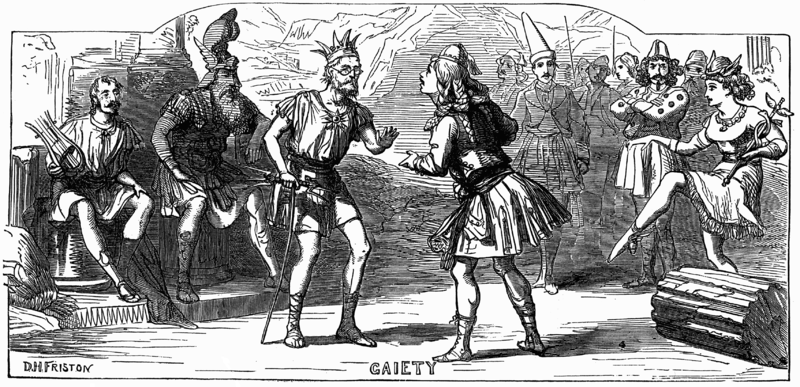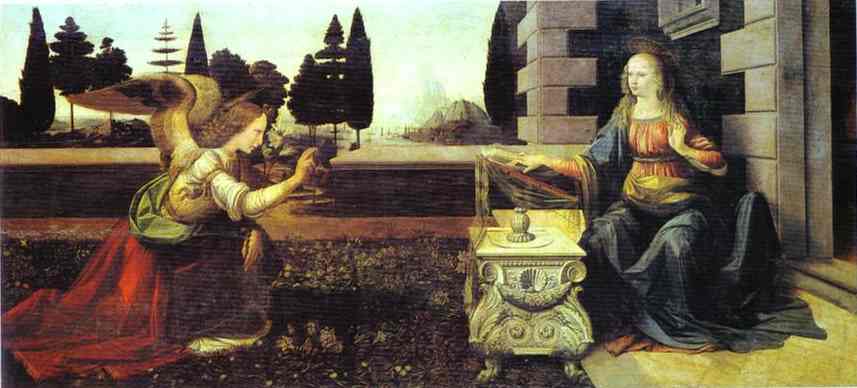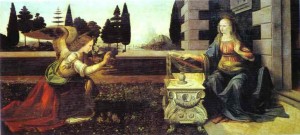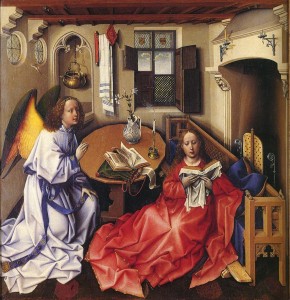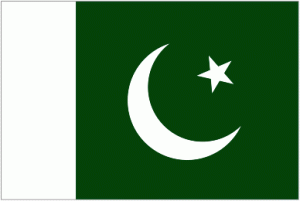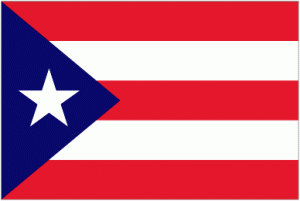March 29

On March 29 the Central African Republic remembers the amazing life and mysterious death of Barthélemy Boganda.
Though France had abolished slavery in the 19th century, the conditions under which Boganda’s family lived at the time of his birth in 1910 in French Oubangui-Chari were not much better.
His mother was beaten to death by officials of the rubber collecting company that controlled much of the region. He was adopted by Roman Catholic missionaries, and at age 12 he took the name Bathélemy after the Apostle who was believed to have traveled Africa as a a missionary.
He became the first Roman Catholic priest from Oubangui-Chari.Following World War II Boganda ran for National Assembly of France and won.
He spent the rest of his career fighting for racial equality in French-controlled Africa and against French colonialism. He did this by organizing and empowering African teachers, truck drivers, women, and farmers. He founded MESAN – Movement for the Social Evolution of Black Africa, it’s credo: zo kwe zo. Roughly translated: Every human being is a person.
Boganda made enemies in these years, notably the companies that controlled what would later become the Central African Republic. But he had a good friend where it counted — General Charles de Gaulle, who didn’t forget the people of Oubangui-Chari who had supported de Gaulle’s troops early in WWII.
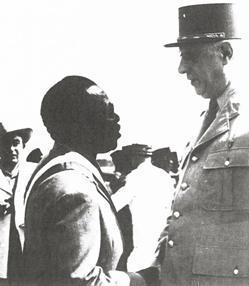
Scandal broke out when the priest Boganda met and married a Frenchwoman, a parliamentary secretary named Michelle Jourdain, and was expelled from the priesthood.
In 1951 he was arrested for “endangering the peace” for intervening in a market dispute, but did not serve time.
Neither did much to harm his public appeal. He was re-elected twice to the National Assembly, overwhelmingly in 1956. And in 1957 MESAN won all the seats in Oubangui-Chari’s territorial assembly.
As the tide turned for the independence of French-African colonies, Boganda foresaw the difficulties of a small, independent Oubangui-Chari. Instead he envisioned a United States of Latin Africa, which would unite French, Portuguese and Belgian territories. Opposition between countries and egos proved too great for a unified vision. Still, Boganda was able to negotiate his small nation’s independence from France in 1958, forming the Central African Republic. Soon after, he was elected to become CAR’s first President.
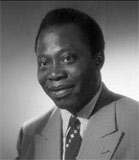
He never took office.
On March 29, 1959, a plane carrying Boganda crashed in Boukpayanga, killing everyone onboard.
According to Wikipedia.org:
“Experts found a trace of explosives in the plane’s wreckage, but revelation of this detail was withheld. Although those responsible for the crash were never identified, people have suspected the French secret service, and even Boganda’s wife, of being involved.”
The year after his death, the Central African Republic became an independent nation.

